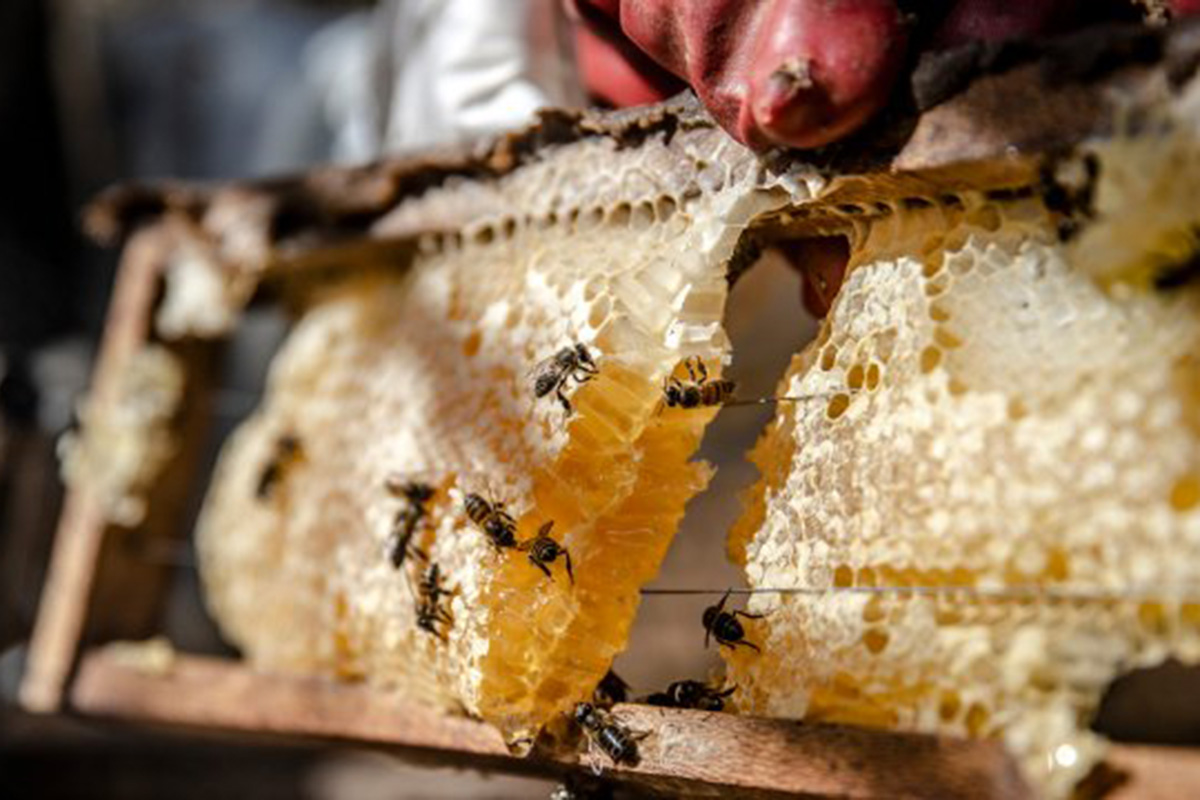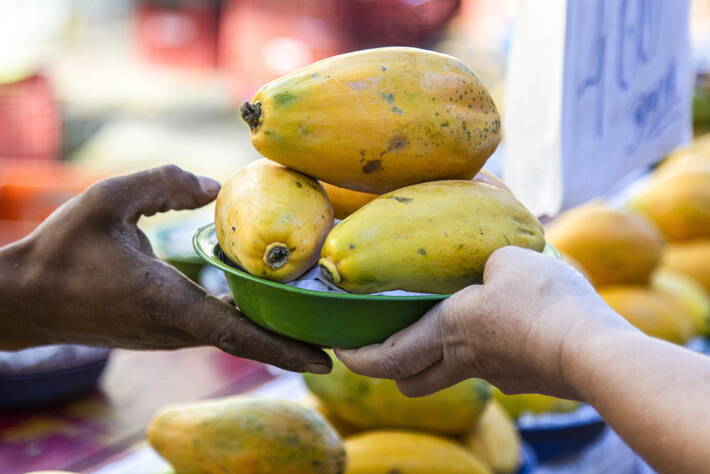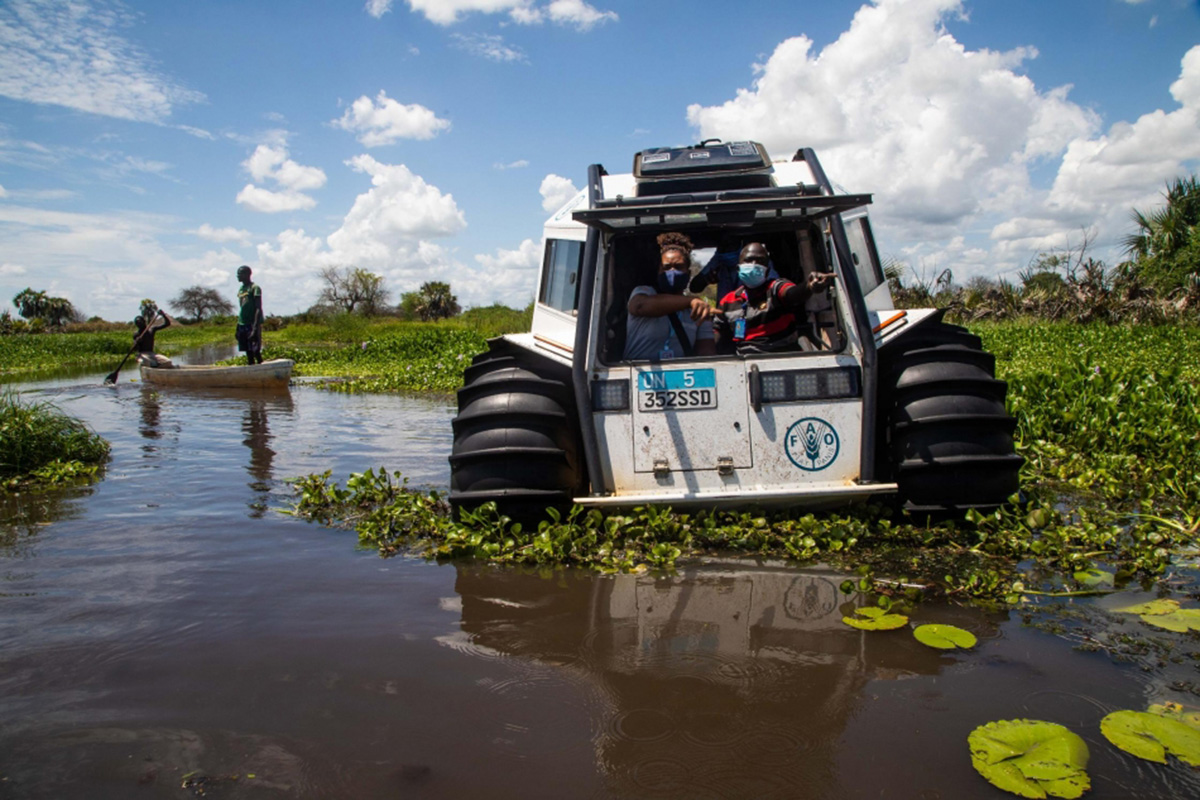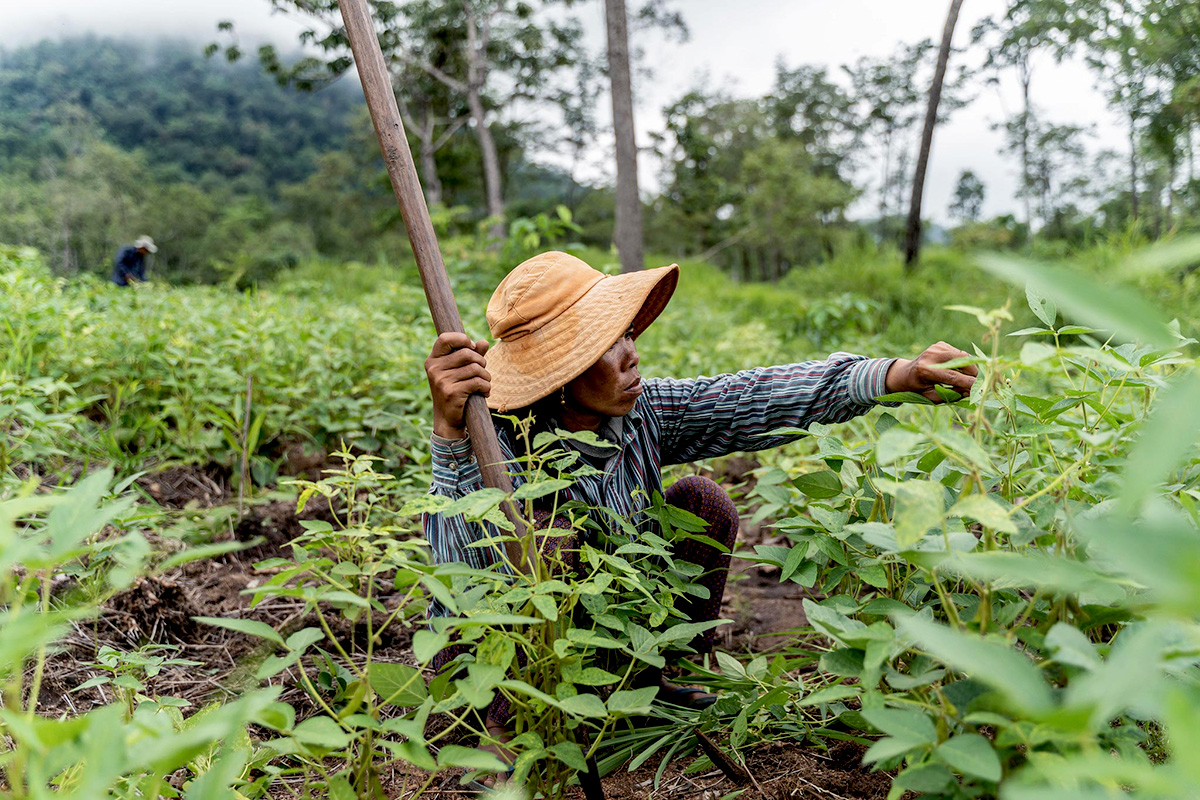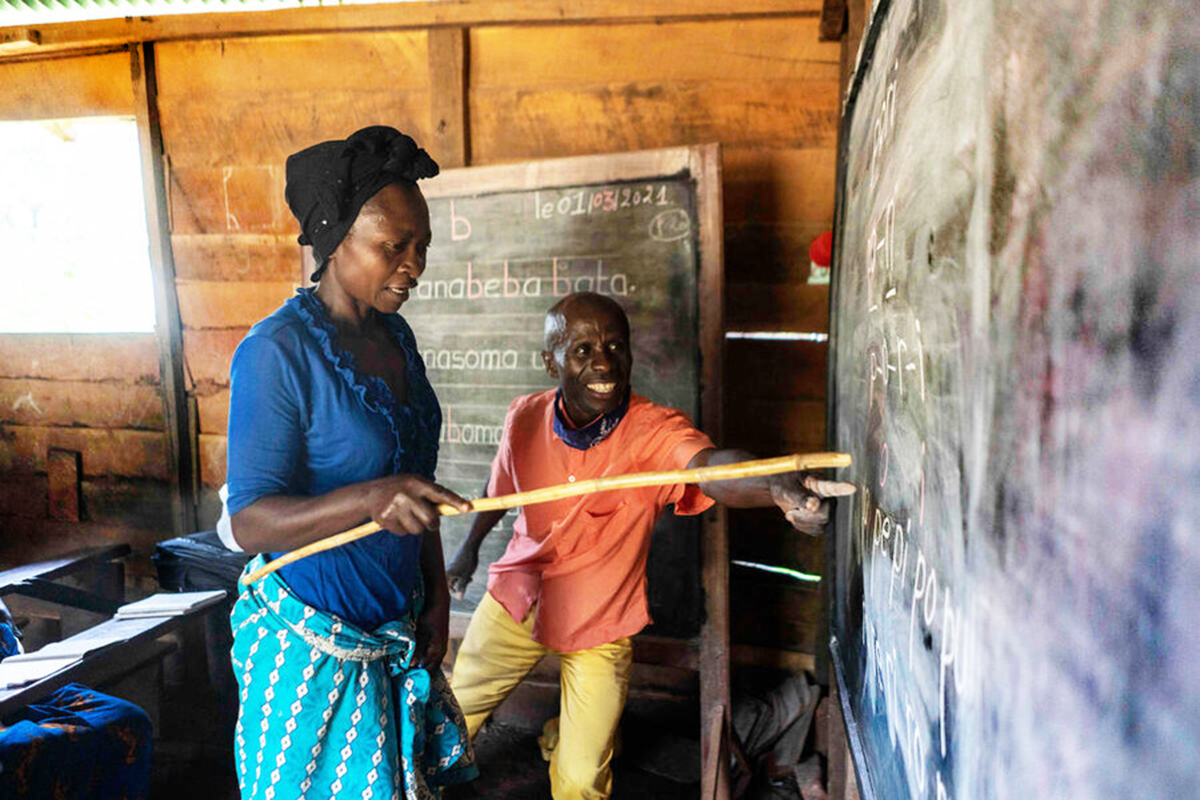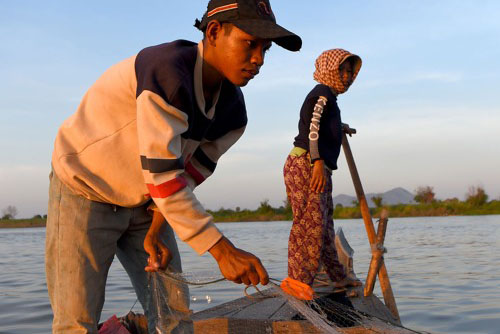In 2013, Busy found out about FAO’s beekeeping course through one of his friends and decided to register to gain deeper knowledge and take his business to the next level. FAO’s three-week course armed him with critical information on the practical aspects of beekeeping, including building beehive boxes and mounting frames. With a strong determination, passion and “know-how”, Busy worked diligently in every aspect of the beekeeping trade, including planting trees and even encouraging his neighbours to grow vegetation so the bees could pollinate and collect nectar.
FAO
Global support to producers in the agricultural sector amounts to $540 billion per year, making up 15 percent of total agricultural production value. Yet 87 percent of this support is price distorting and environmentally and socially harmful. Reconfiguring agricultural producer support, rather than eliminating it, will help end poverty, eradicate hunger, achieve food security, improve nutrition, promote sustainable agriculture, foster sustainable consumption and production, mitigate the climate crisis, restore nature, limit pollution, and reduce inequalities.
There are many different kinds of journeys that food can take, some that guarantee a healthier future for people and the planet.
Thanks to its unique geographical conditions, including soil and weather, Jamaica produces some of the world’s best ginger. FAO has joined public and private sector bodies to protect the industry from a destructive disease, Ginger Rhizome Rot.
Peter Rabbit has joined forces with the UN Act Now campaign, FAO, and the UN Foundation to enlist more food heroes, like Peter, who see the value in fruits and vegetables for a balanced diet and a healthier planet. Find out about some actions you can take to become a food hero too, from eating more fruits and vegetables to reducing food waste, buying locally grown food, or even growing your own at home.
Increasing water levels due to heavy rainfall have isolated communities in South Sudan. FAO uses All-Terrain Vehicles for rapid response missions in hard-to-reach locations.
Today, agricultural supply chains are more extensive than ever. Food crosses countries and oceans, moving from producers to retailers - to consumers. These dynamics create millions of jobs around the world - critical for livelihoods, economic growth, and development.
FAO and partners equip forest communities with the technical capacity and funds needed to address forest degradation and promote restoration activities, along with the Cambodian government.
With project funding from the Central Emergency Response Fund, FAO supported 37,200 smallholder farmers, including Khialy Gul, across 16 provinces of Afghanistan with an emergency wheat cultivation package.
Calling all children and teens around the world! If you’re between the ages 5 to 19, FAO wants you to use your imagination and create a poster showing a food journey! There are many different kinds of journeys that food can take, some that guarantee a healthier future for people and the planet. Choose your favourite and be creative!
In 2016 food safety issues arose and the Government of Bhutan announced a ban on the import of chilli peppers. The country was left baffled. Chillies have been used extensively in the Bhutanese diet since ancient times, yet much of the country’s farming communities were ill-prepared to grow chillies due to climate and topography. A group of farmers dared to explore the uncharted territory, to grow the chillies needed for their cooking traditions while creating an additional income. With chilli seeds from a FAO-supported programme, these farmers ultimately met with success.
FAO podcast: Tonle Sap Lake in northeast Cambodia is one of the most productive inland fishing waters in the world, due to flooding and monsoon. Fisheries are the backbone of country’s economy, with Tonle Sap contributing over half of the country’s fish production. Yet the lake’s 4.8 million residents are some of the poorest in Asia. Many depend heavily on fish and rice for their livelihoods and have to send their children to work rather than school, in order to survive. The Food and Agriculture Organization of the United Nations (FAO) is working with the government and partners to get children back to school.
Producers: Charlotta Lomas, Anais Hotin, Marina Sánchez Castelo, Chann Tet, Sophana Sim, Panos Pictures.
Presenter: Charlotta Lomas, FAO.
Photo ©FAO/Tang Chhin Sothy.
A lack of ‘soft skills’ is limiting progress for farmers in many rural areas. These skills include the ability to share new knowledge, communicate clearly and collaborate with other food system actors, negotiate with buyers and engage in policy dialogue processes.
Tasked with using geospatial technology to count trees in a remote region of northeast Nicaragua Rene Zamora, a Forest Economist from the World Resources Institute (WRI), spread the word so that local people could help. Most of his recruits worked in cattle ranching and agriculture and had never used a computer before. The end result was an FAO-WRI “mapathon”, where local people first learned the necessary computer skills and data-collection techniques before applying this knowledge, all with the goal of creating a high-resolution map of where the region’s trees are.

